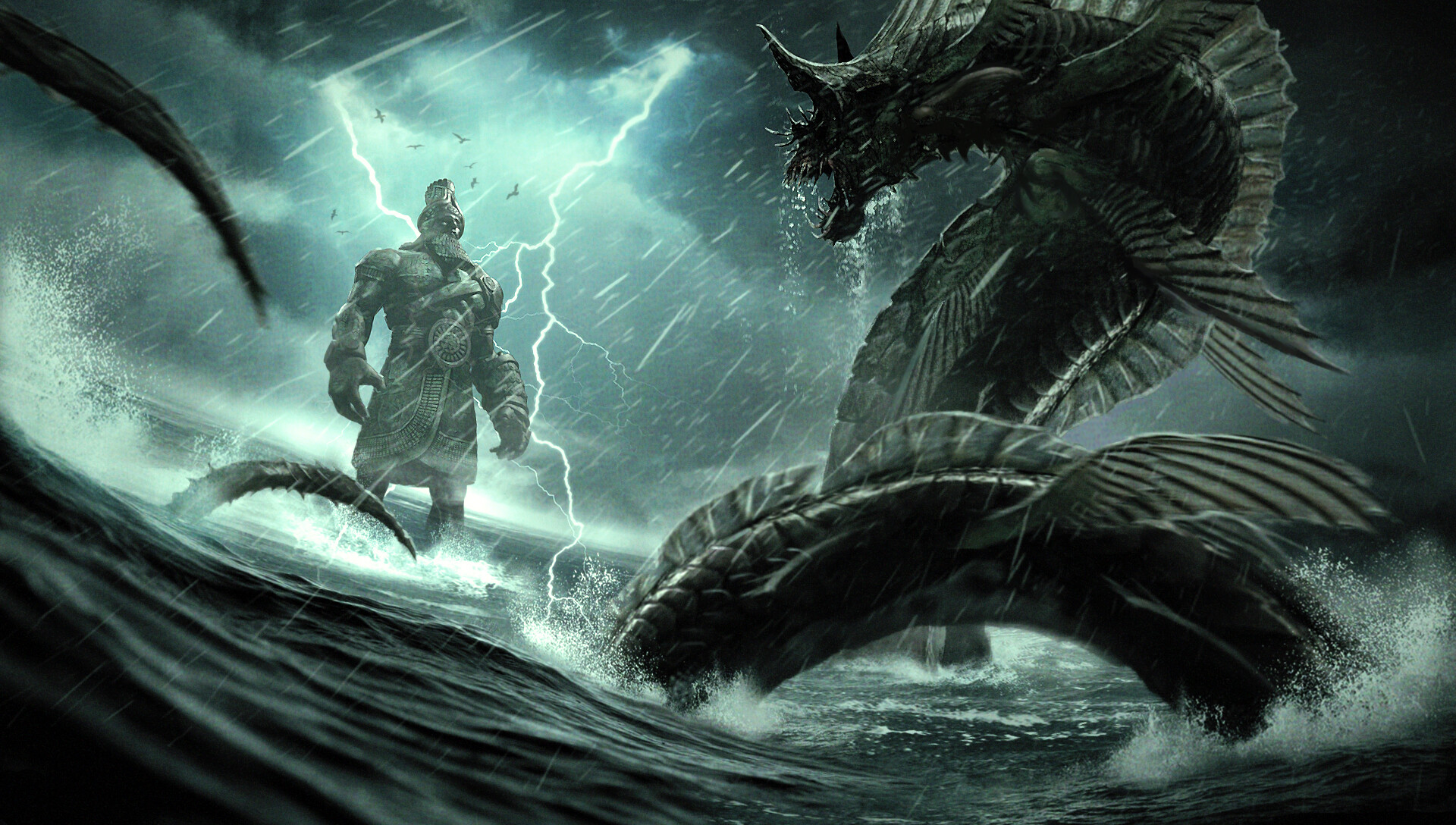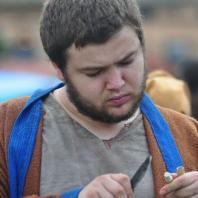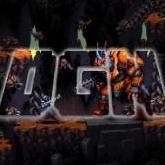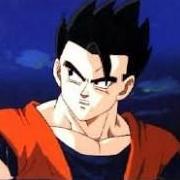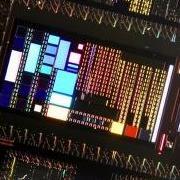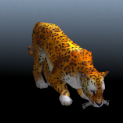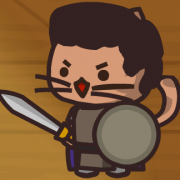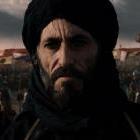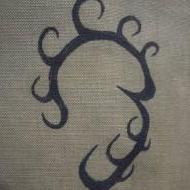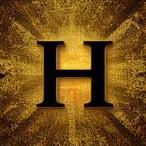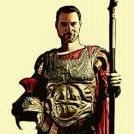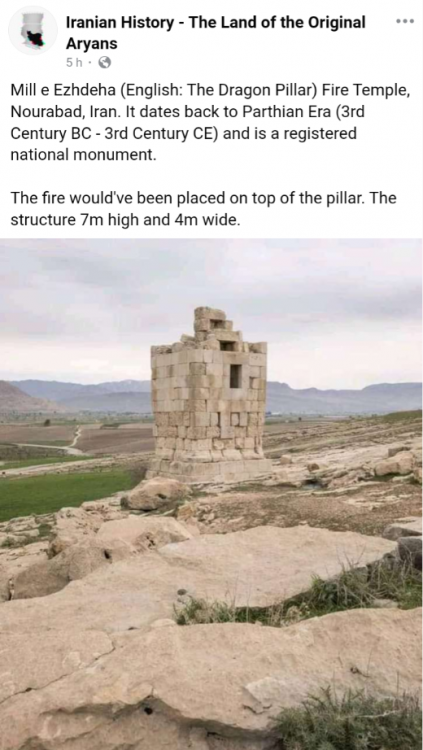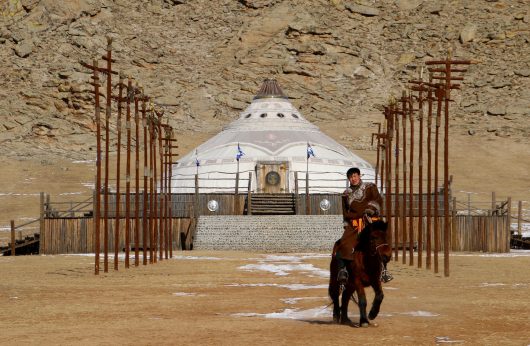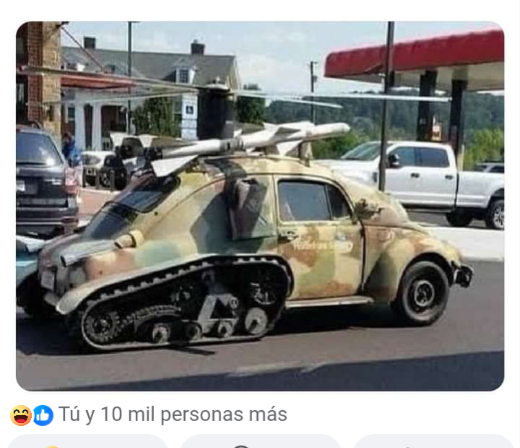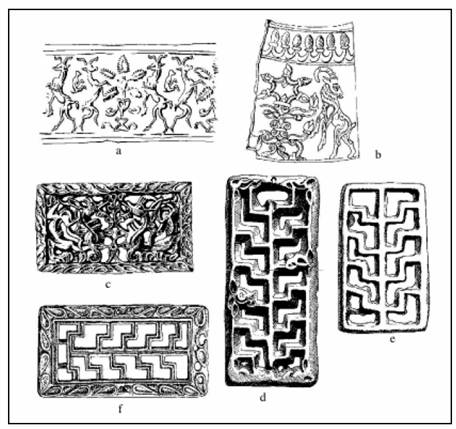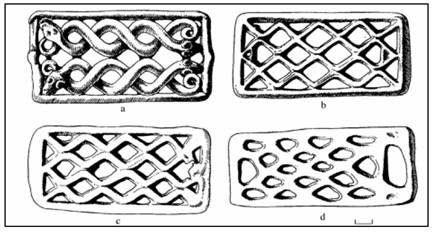-
Posts
24.588 -
Joined
-
Days Won
272
Lion.Kanzen last won the day on April 1
Lion.Kanzen had the most liked content!
About Lion.Kanzen

Previous Fields
-
First Name
Martius
-
Last Name
Duri
Profile Information
-
Gender
Male
-
Location
Valle de Angeles , Honduras
Lion.Kanzen's Achievements
-
Mill e Ezhdeha (Dragon Pillar) Fire Temple, Nourabad, Iran. It dates back to Parthian Era (3rd Century BC - 3rd Century CE) and is a registered national monument.
-
From what I could see it is like a conical volcano shape, With a detail that can vary, making a Dome or simply open like a chimney.
-
According to Ai, royal yurts should be larger and made of the best materials and with expensive details, that is, fabrics and props.
-
We need new textures. Something that differentiates the Scythians cultures and the Xiongnu culture. -The dock does not even have a conceptual design. The same goes for the stable.
-
.thumb.png.0d87fc71cb8a644c5d862ceabac1e0d5.png)
==[Brainstorming]== for cheats units
Lion.Kanzen replied to Lion.Kanzen's topic in Eyecandy, custom projects and misc.
- 180 replies
-
- brainstorming
- art
-
(and 2 more)
Tagged with:
-
.thumb.png.0d87fc71cb8a644c5d862ceabac1e0d5.png)
Eurosasian Nomadic culture art.
Lion.Kanzen replied to Lion.Kanzen's topic in Tutorials, references and art help
Why not? That's much more complex than I thought,. I basically need new art references for Scythians and for the Xiongnu. In other words, it is more specialized than others. Do you have any other precedent? If I remember we don't have any patterns topic. -
.thumb.png.0d87fc71cb8a644c5d862ceabac1e0d5.png)
Eurosasian Nomadic culture art.
Lion.Kanzen replied to Lion.Kanzen's topic in Tutorials, references and art help
Xiongnu Art http://xiongnu.atspace.com/art.htm Introduction The so-called zoomorphic bronzes (plaques and buckles of various forms, buttons etc.) which display illustrations of various animals can be considered to be among the most impressive examples of Hsiungnu art. Examples of this artwork have been encountered in the Hsiung-nu sites of Trans-Baikalia, south Siberia , Mongolia and northern China . As a whole, there is no doubt that many of the images of Hsiungnu art, including the decorative bronzes, have parallels with the “Scytho-Siberian Zoomorphic Style”. Consequently, scholars have considered Hsiungnu art to be one of the developmental stages of this style. At the same time, however, a number of other Hsiungnu bronzes can be described using terms derived from a geometric style. These designs include “latticework” or “openwork” which can be found on belt plates, in addition to smaller artifacts including points and buttons. The origins of the geometric component of the art of the Hsiungnu are not entirely clear, since these objects do not find direct analogies among the Scythian cultures of Siberia and Central Asia . A detailed analysis of these artifacts has identified an evolutionary sequence which sees their origin in the zoomorphous “Scytho-Siberian” representations, most of which were strongly influenced by Near Eastern art. The objective of the following paper is to illustrate this origin through an examination of a number of pieces of the Hsiungnu geometric artwork. Buckle plaques for the upper belt of a dress It is possible to most clearly demonstrate the origins of “lattice-work” buckle plates. One of the most famous compositions of this style is a scene displayed on a gold plaque from the Peter the Great Collection, which displays fantastic animals standing beside a symbolic tree (Fig. 1c). The piece is encompassed by a rectangular frame, positioned on which are leaf-shaped pits for the inlay. The tree and the animals are well modeled, and the animal heads are quite realistic. It is probable that plates of this type were the prototypes for the manufacture of Hsiungnu bronze plaques, but during the course of repeated copying and re-casting many original details have been lost. The heads of animals, rendered in the same manner as those on gold plates from the Peter the Great Collection, are preserved in the frames of a number of bronze plates; probably the earliest examples of such objects. The composition as a whole at this stage, however, does not yet display evidence for a geometric interpretation. The frames of the plates become smoother, the branches of the tree disappear and it is transformed into broken zigzag lines combined with animal paws. These zigzags tie the frame of the plate to a direct line in the center of the piece which may depict the trunk of the initial symbolical tree in an extremely stylized manner (Fig. 1d). As a result of repeated reproduction, a stylization of the initial zoomorphic scene is apparent; the animal heads are now depicted by several pits, but eventually these pits also disappear. Consequently, the original scene depicting animals stranding beside a tree has developed into a geometric composition. The latest buckle plates have the appearance of trapeziums with zigzag edges and have little, if anything, in common with the original composition (Fig. 1e). The later craftspeople who moulded the buckles added a number of different details to the compositions in some cases including “foliage” on the framework of buckles which display “zigzags” (Fig. 1f ). It is probable, however, that by this stage the semantics and images of the initial scene were not clearly understoo -
-
.thumb.png.0d87fc71cb8a644c5d862ceabac1e0d5.png)
[==Task==] Xiongnu Yurts Royal (textures and models)
Lion.Kanzen replied to Lion.Kanzen's topic in Official tasks
Yes, Xiongnu leaders used to use larger and more luxurious yurts compared to the standard yurts used by the majority of the population. These larger and more highly decorated yurts were reserved for the leaders and their families, as well as for important events and ceremonies. The leaders' yurts were often richly decorated with ornate fabrics, tapestries, carpets and other items that reflected their social status and power within the confederacy. Xiongnu leaders' yurts not only served as residences, but also functioned as centers of power and decision-making for the community. These structures highlighted the cultural, social and political importance of the leaders within nomadic society. Given the importance and status of the Xiongnu leaders, it is likely that they would have had special yurts designed for their use, with more luxurious and decorative features than the standard yurts used by the rest of the population. These "royalty" yurts would have served as residences and power centers for Xiongnu leaders, and are likely to have been larger, richly decorated, and equipped with additional luxuries. However, specific information on the royal yurts used by Xiongnu leaders may be limited due to the ancient nature of this civilization. Archaeological evidence, historical sources, and artistic depictions may provide clues about the appearance and use of these special yurts. -
.thumb.png.0d87fc71cb8a644c5d862ceabac1e0d5.png)
[==Task==] Xiongnu Yurts Royal (textures and models)
Lion.Kanzen replied to Lion.Kanzen's topic in Official tasks
Chat GPT about royal yurts. I decided to start with easy questions. Mongolian royal yurts were magnificent! They were much more than simple dwellings; they were symbols of power, status and tradition. These yurts were large and spacious, designed to house not only the Mongol leader, but also his court, guards and entourage. Compared to ordinary yurts, royal yurts were more luxurious and ornate. They were decorated with exquisite fabrics, furs and elaborate embroidery, often in bright colors. The interior of a royal yurt might include finely carved furniture, sumptuous carpets and other valuables. The design and layout of the royal yurt also reflected the hierarchical structure of Mongol society. There were designated areas for the leader, his family members, advisors and high officials, each with its own purpose and symbolism. In addition, the royal yurts were designed to be disassembled and transported quickly, allowing the Mongol leader to maintain his mobility during military campaigns and expeditions. This mobility was essential to the nomadic lifestyle of the Mongols, as it allowed them to adapt to changing terrain and conditions. In short, royal yurts were impressive structures that reflected the wealth, power and unique culture of the Mongol leaders.

